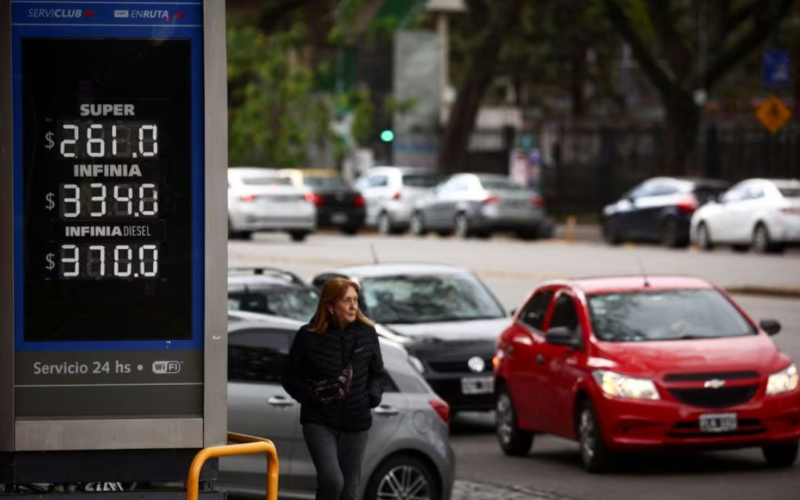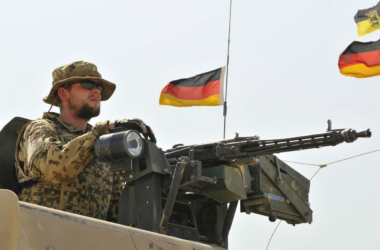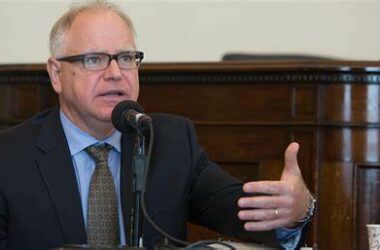As Argentina gears up for a crucial run-off presidential election between Economy Minister Sergio Massa and libertarian outsider Javier Milei, a pressing challenge looms large – the $12 billion energy subsidy conundrum. This predicament revolves around the delicate balance between maintaining popular subsidies that keep energy prices low for the majority and addressing the fiscal strain on state coffers, exacerbated by a deal with the International Monetary Fund (IMF).
State subsidies, responsible for ensuring that energy bills remain under 15% of normal rates for most consumers, have taken center stage in the electoral discourse. The subsidies, while providing relief for consumers, contribute significantly to the fiscal deficit and pose a dilemma for policymakers grappling with the need for financial discipline.
Libertarian candidate Javier Milei has taken a bold stance, advocating for the elimination of all subsidies. However, he acknowledges the necessity of a gradual approach given the potential socio-economic impact. On the other side, Economy Minister Sergio Massa aims to keep energy bills affordable while recognizing the imperative to streamline state spending to address the fiscal deficit.
Argentina faces a complex economic landscape with soaring inflation rates projected to reach 185% by year-end. The persistently rising prices have led to widespread discontent among voters, with a considerable portion of the population slipping into poverty. Subsidies act as a mitigating factor, providing some relief amid economic uncertainties.
Despite the popularity of subsidies, Argentina confronts a deep fiscal deficit, negative net dollar reserves, and intricate debt negotiations with entities like the IMF, bondholders, and China. The nation is pinning its economic hopes on the Vaca Muerta shale region, betting on increased production to reduce dependence on costly imports and potentially generate export revenue. However, a government-mandated lower local oil price complicates matters, affecting investment sentiments among energy firms.
Both Massa and Milei recognize the potential of Vaca Muerta. Massa envisions plans to enhance production, expand pipelines, and eventually delve into liquefied natural gas (LNG) exports. In contrast, Milei has proposed privatizing segments of the state-owned firm YPF. The shale-rich region could potentially position Argentina as a significant energy exporter, projecting a trade surplus of $3.3 billion in the coming year.
The subsidy issue holds significant weight among voters, especially considering Argentina’s high poverty rates. The electorate remains divided, with concerns ranging from economic stability to the impact of subsidy elimination on daily life. The upcoming election will test how well the presidential candidates can navigate this intricate policy landscape to strike a balance between addressing fiscal challenges and meeting the needs of the populace.
As Argentina stands at this pivotal juncture, the $12 billion energy subsidy dilemma encapsulates the intricate dance between political promises, economic imperatives, and the aspirations of the electorate. The outcome of the run-off election will not only shape the future trajectory of Argentina’s energy policies but also determine how the nation tackles its broader economic challenges.








